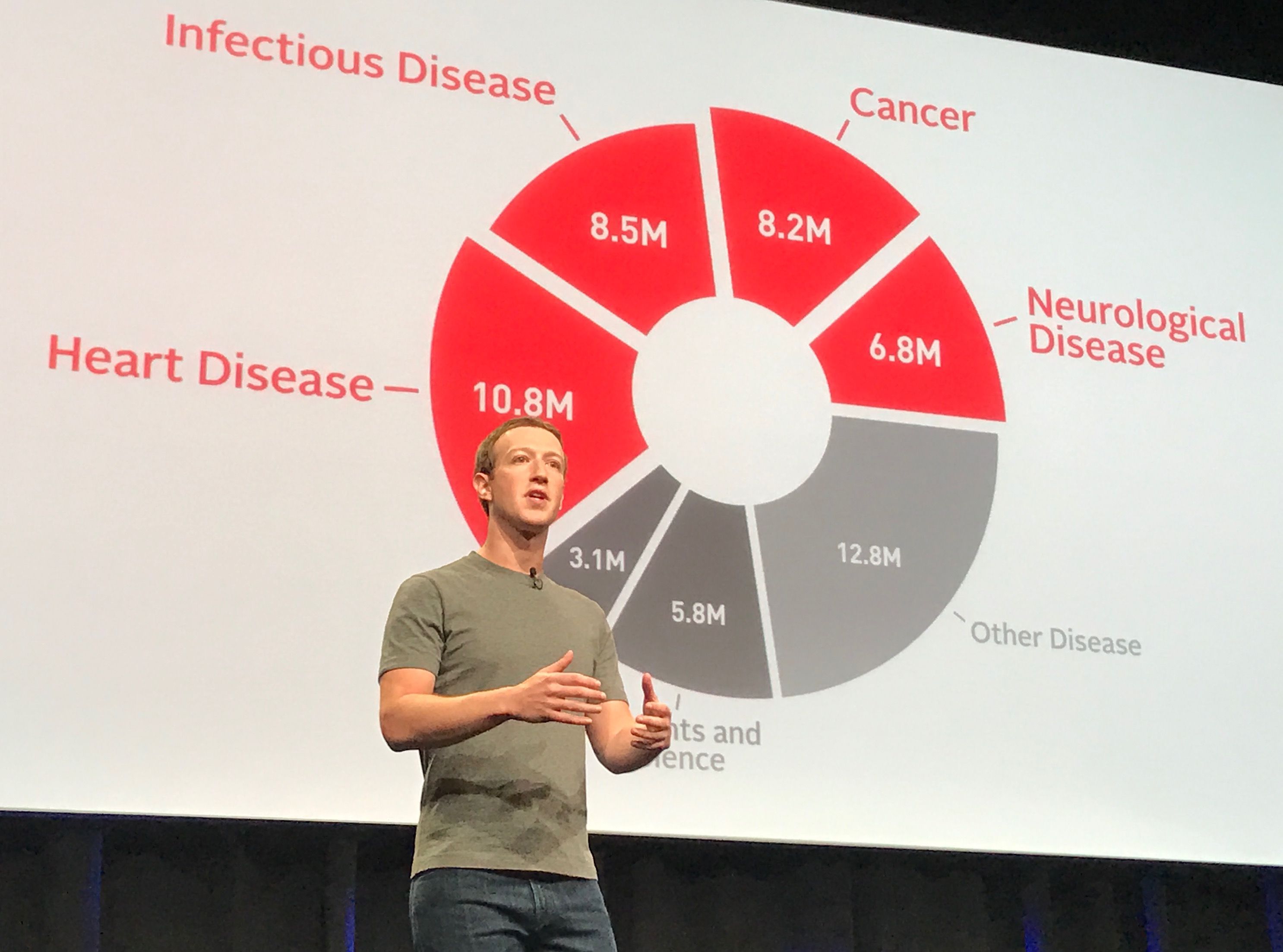Sep 22, 2016
Chan Zuckerberg Initiative announces $3 billion investment to cure disease
Posted by Elmar Arunov in category: biotech/medical
The Chan Zuckerberg Initiative just announced a new program informally called Chan Zuckerberg Science to invest $3 billion over the next decade to help cure, prevent, or manage all disease. The money comes from the $45 billion organization Mark Zuckerberg and his wife Priscilla Chan started last year to advance human potential and equality. The project will bring together teams of scientists and engineers “to build new tools for the scientific community” Priscilla Chan said on stage at an event in San Francisco.
You can watch the announcement here:
Part of the $3 billion will go to a $600 million investment in Biohub, a new physical location that will unite researchers from Stanford, Berkeley, and UCSF with elite engineers to find new ways to treat disease.
Continue reading “Chan Zuckerberg Initiative announces $3 billion investment to cure disease” »

















